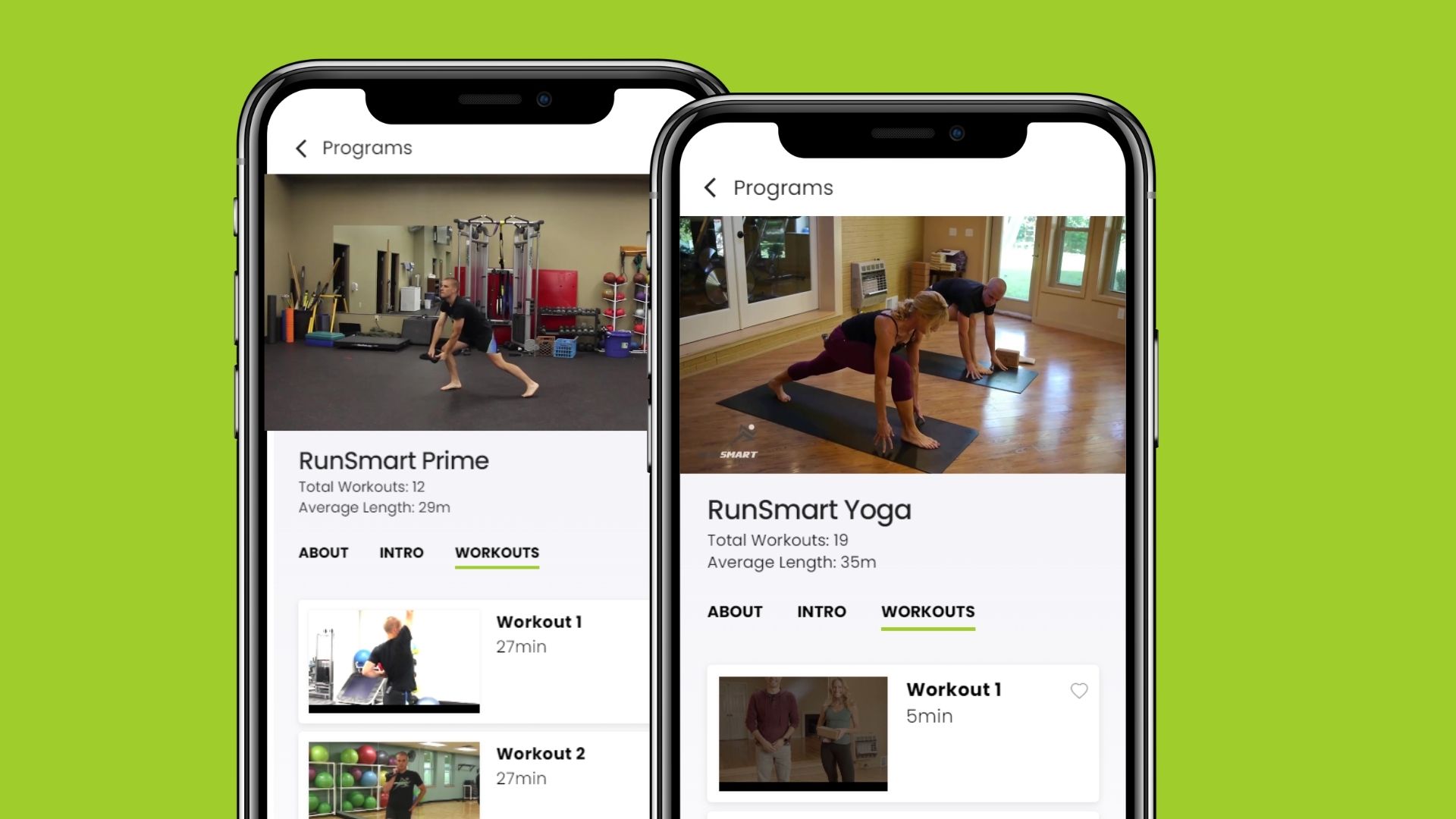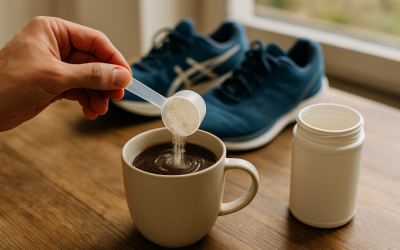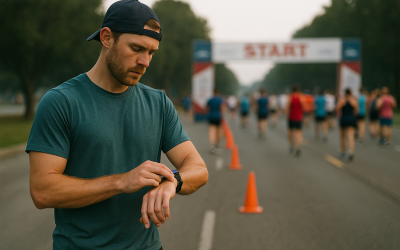Are you looking to run a new distance or set a PR in the spring? Maybe you’re looking to get back into a routine?
Before getting too deep into a plan, it’s important to understand the “bones” of a good training plan.
I see various training techniques as a physical therapist. Some plans are solid, others are iffy, and most are in the middle. The truth is that as you get older, it gets harder to hit goals and remain injury-free.
While getting through training scot-free is never guaranteed, there are things you can do to optimize for success.
If you’re new to running or coming back after time off:
- It’s common for the heart and lungs to outperform the legs. Focus on low-impact activities to prep your legs for impact
- Gradually increase your running starting with walk-run intervals. It will allow the legs to acclimate to impact.
Already up and running?
- Focus on base pace running for the first four to eight weeks of training. Base pace is 5% faster than the easy pace.
- Drop into a recovery week every third week. Recovery weeks should be 60% of your peak training volume.
Both Groups – Add Strength Training
If your training lacks strength training, you’re missing out. Strength training is the “duct tape” of running. (Yes, duct tape — not kinesiotape).
Strength training should be as much of a priority as your long run.
- According to a study published in the Journal of Strength and Conditioning Research, runners who performed strength training saw a significant improvement in their running economy, which means they could run at a faster pace with less effort.
- A study published in the British Journal of Sports Medicine found that runners who performed strength training had a 30-50% reduced risk of injury compared to runners who did not.
If your plan lacks strength, start 30-60 minutes weekly, focusing on runner-specific exercises that target the glutes, core, and balance.
All three areas provide the best bumper-to-bumper coverage, and get ready to crush it on race day.




